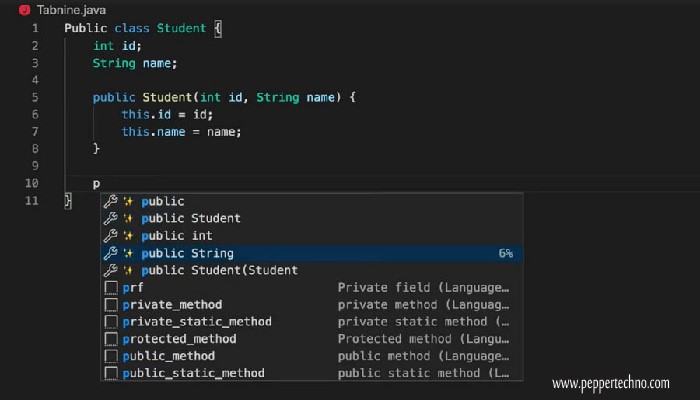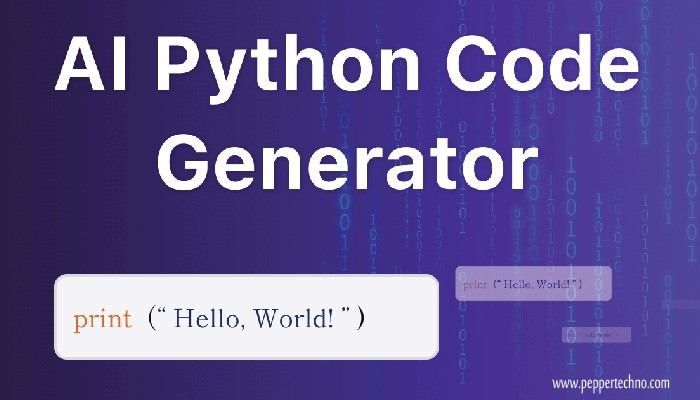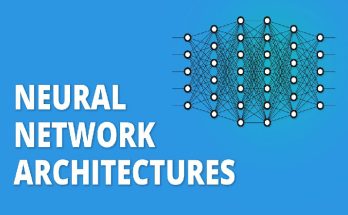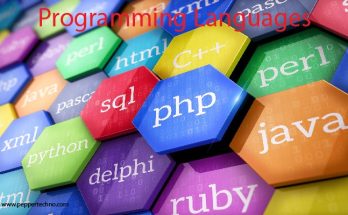Python Codes for Artificial Intelligence: A Comprehensive Detail
We will discuss about Python codes for Artificial Intelligence. Artificial Intelligence, the cutting-edge technology driving innovation across industries, is reshaping the way we interact with machines. Python, a versatile programming language known for its simplicity and readability, plays a pivotal role in AI development. In this blog post, we will delve into how Python codes are powering the future of Artificial Intelligence. So buckle up as we explore the exciting world where code meets intelligence!

Basics of Python Programming
Python, known for its simplicity and readability, is a popular programming language used in various fields including Artificial Intelligence (AI). Its clean syntax makes it easy for beginners to grasp fundamental concepts swiftly. Python uses indentation to define code blocks, eliminating the need for curly braces or keywords like “end.” This feature enhances code readability and reduces the chances of errors.
Variables in Python are dynamically typed, meaning you don’t have to declare a variable type explicitly. This flexibility allows for quicker development and easier debugging. Functions play a vital role in Python programming by enabling you to encapsulate reusable pieces of code efficiently. Loops such as ‘for’ and ‘while’ help automate repetitive tasks without redundant coding efforts.
Understanding data structures like lists, dictionaries, tuples, and sets expands your capabilities in manipulating data effectively within your AI projects. Additionally, libraries such as NumPy and Pandas offer powerful tools for handling complex mathematical operations and data analysis seamlessly with just a few lines of code.
How Python is Used in AI Development
When it comes to developing artificial intelligence, Python emerges as a powerful ally for developers worldwide. Its simplicity and readability make it an ideal choice for AI projects. Python’s extensive libraries and frameworks provide a solid foundation for building complex AI algorithms with ease.
Python excels in tasks like data manipulation, statistical modeling, and visualization – all essential components of AI development. With libraries like TensorFlow, PyTorch, and scikit-learn at their disposal, developers can implement cutting-edge machine learning models efficiently.
Moreover, Python’s versatility allows seamless integration with other technologies commonly used in AI projects such as natural language processing (NLP) tools or computer vision libraries. This flexibility enables developers to create sophisticated AI applications across various domains from healthcare to finance.
In essence, Python’s adaptability and robust ecosystem have solidified its position as the go-to programming language for artificial intelligence development in today’s tech landscape.
Top Libraries and Tools for AI Development in Python
When it comes to AI development in Python, having the right tools and libraries can make all the difference. One of the most popular libraries is TensorFlow, known for its flexibility and scalability. With TensorFlow, developers can build neural networks for various AI applications effortlessly.
Another essential tool is scikit-learn, a simple yet powerful library for machine learning tasks like classification, regression, clustering, and more. It provides a wide range of algorithms that are easy to implement.
PyTorch is another top choice among developers due to its dynamic computational graph feature that makes it easier to work with complex data structures. Its seamless integration with NumPy also adds to its appeal.
For natural language processing (NLP) projects, NLTK and spaCy are go-to libraries that offer robust tools for text analysis and language understanding tasks. These libraries simplify the process of working with textual data sets significantly.
In addition to these libraries, tools like Keras for building deep learning models quickly and efficiently have gained popularity in the AI community. By leveraging these top-notch resources in Python programming, developers can unlock endless possibilities in artificial intelligence development.
Machine Learning with Python: Algorithms and Applications
Machine learning, a subset of artificial intelligence, is revolutionizing industries with its ability to analyze data and make predictions. Python shines brightly in this field due to its simplicity and powerful libraries like scikit-learn and TensorFlow. These libraries provide a vast array of algorithms for tasks such as classification, regression, clustering, and more.
Python’s flexibility allows developers to experiment with different machine learning models easily. From decision trees to neural networks, the possibilities are endless. Applications of machine learning in Python range from recommendation systems in e-commerce to predictive maintenance in manufacturing.
The beauty of using Python for machine learning lies in its community support and continuous development. As new algorithms emerge and existing ones improve, Python remains at the forefront of innovation within the AI landscape. With Python codes driving advancements in machine learning, the future holds exciting prospects for intelligent automation and data-driven decision-making processes.
Robotics and Automation with Python
With the advancement of technology, Python has become a staple in robotics and automation. Its versatility allows developers to create complex algorithms for controlling robots with ease.
Python’s simplicity and readability make it ideal for programming robotic systems, enabling engineers to design efficient solutions for various industries such as manufacturing, healthcare, and agriculture.
From autonomous drones to industrial robots, Python plays a crucial role in streamlining operations and increasing productivity. With libraries like OpenCV for computer vision and TensorFlow for machine learning integration, Python empowers developers to build cutting-edge robotic applications.
The integration of Python with hardware platforms like Raspberry Pi opens up endless possibilities for creating DIY projects and prototypes. This combination provides an accessible gateway for enthusiasts to explore the world of robotics without extensive coding knowledge.
Python continues to revolutionize the field of robotics by providing a user-friendly platform that fosters innovation and creativity in automation technologies.
Future Outlook for Python in Artificial Intelligence
The future outlook for Python in Artificial Intelligence is promising and dynamic. As AI continues to evolve rapidly, Python’s versatility and extensive library support make it a top choice for developers.
Python’s simplicity and readability attract both beginners and experienced programmers alike, providing a solid foundation for AI projects. With its robust community backing, Python constantly adapts to the changing landscape of AI technologies.
Looking ahead, Python is poised to lead the way in developing advanced AI applications across various industries such as healthcare, finance, and autonomous vehicles. Its scalability and flexibility make it a preferred language for cutting-edge research in machine learning algorithms.
As advancements in deep learning and neural networks continue to shape the field of Artificial Intelligence, Python’s accessibility will play a crucial role in driving innovation forward. Embracing new trends like reinforcement learning and natural language processing further cements Python’s position as a frontrunner in the realm of AI development.
Conclusion
As Artificial Intelligence continues to revolutionize industries and reshape the way we interact with technology, Python stands out as a powerful programming language for AI development. With its simplicity, versatility, and rich ecosystem of libraries and tools, Python has become the go-to choice for developers working in the field of artificial intelligence.
From machine learning algorithms to robotics applications, Python provides the flexibility needed to create innovative solutions that drive progress in AI. As advancements in technology accelerate and new possibilities emerge, Python’s role in shaping the future of artificial intelligence is set to expand even further.
So whether you’re a seasoned developer or just starting your journey into AI development, mastering Python codes for artificial intelligence is sure to open up a world of opportunities and possibilities. Embrace this dynamic field with Python as your ally and unlock the potential to transform ideas into reality in the exciting realm of artificial intelligence.



